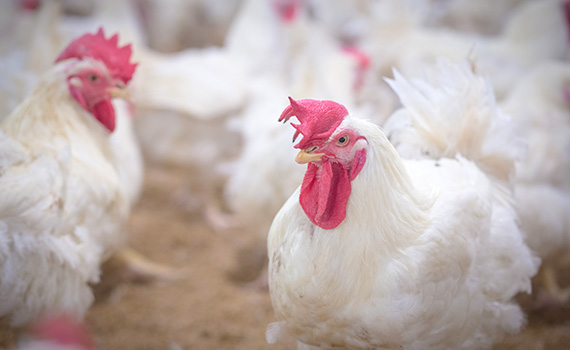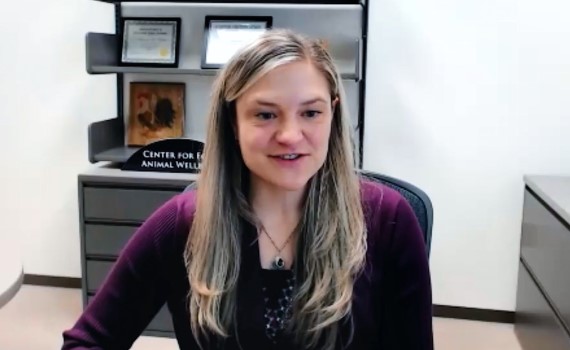Early identification needed to protect broilers from reovirus
Reovirus is mutating every 2 to 3 years, which is making it difficult to protect broilers from the effects of the virus, Don Waldrip, DVM, technical service veterinarian for Zoetis, told Poultry Health Today.
Typically, broilers contract the infection from breeders. Reovirus affects broiler growth rate and feed conversion. It can lead to mortality and increased susceptibility to other diseases, he said.
One of the consequences of reovirus is lameness in broilers. Lame birds can’t compete for feed and water and, therefore, don’t perform well. Birds with reovirus become more susceptible to other problems, such as respiratory and enteric disease, because reovirus is an immunosuppressant, Waldrip said.
After remaining stable for over 30 years, reovirus has mutated every 5 years in the last decade and now seems to be changing every 2 to 3 years, he noted.
The key to control is detecting reovirus in 2- to 3-week-old chicks, since it’s only present in the bird for a short period of time. Once the strain is isolated and identified, producers can use a commercial or autogenous vaccine to protect their birds, he said.
Commercial vaccines play an important role, but producers need to evaluate how well they’re related to the reovirus circulating in flocks, Waldrip said.
The diagnostic tools for reovirus are still quite effective, but companies have to keep after it due to the mutations. Constant vigilance is necessary, he said.
Editor’s note: This video interview, podcast and news article were developed independently by the editors of Poultry Health Today. They are presented here solely for their news value. The opinions and recommendations presented are not necessarily shared by the editors of Poultry Health Today or the interviewee’s employer.
Posted on August 16, 2018
 We’re glad you’re enjoying
We’re glad you’re enjoying










